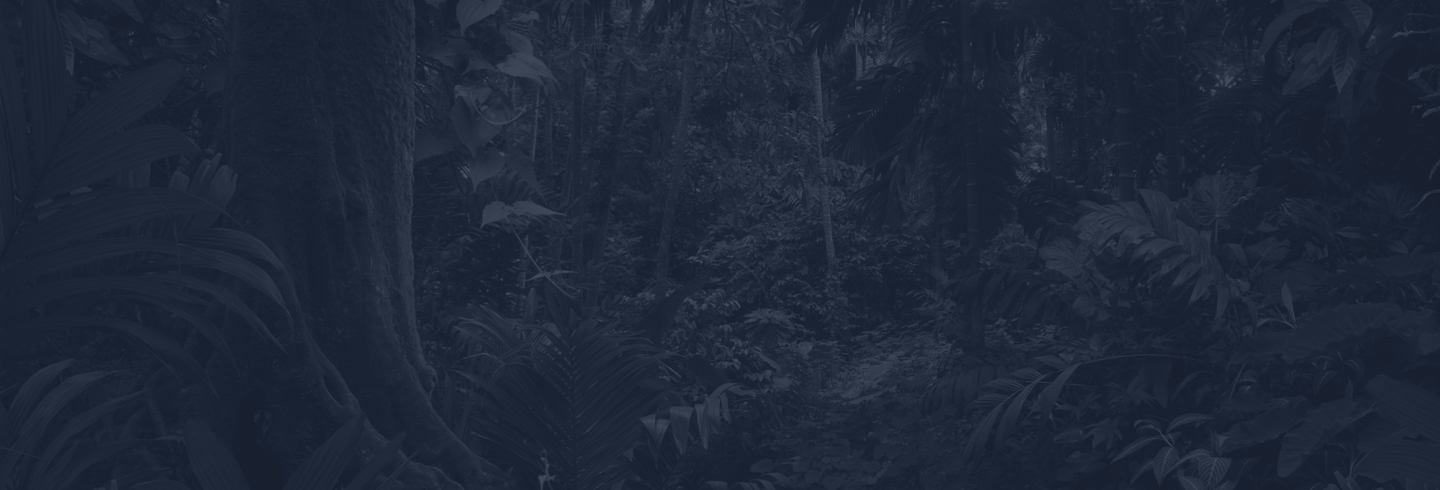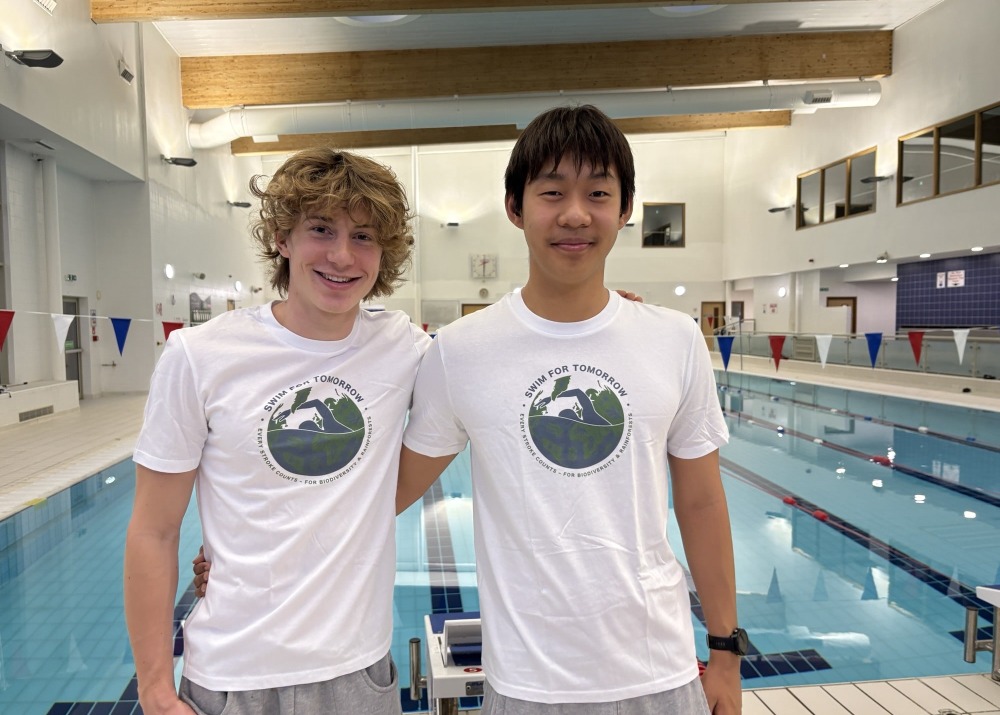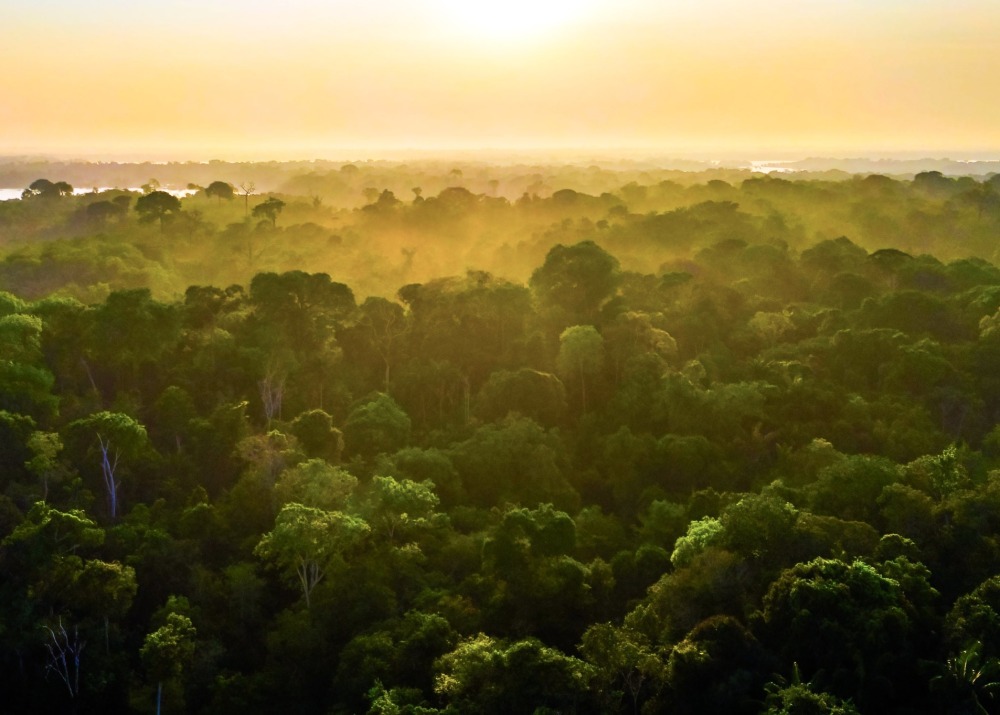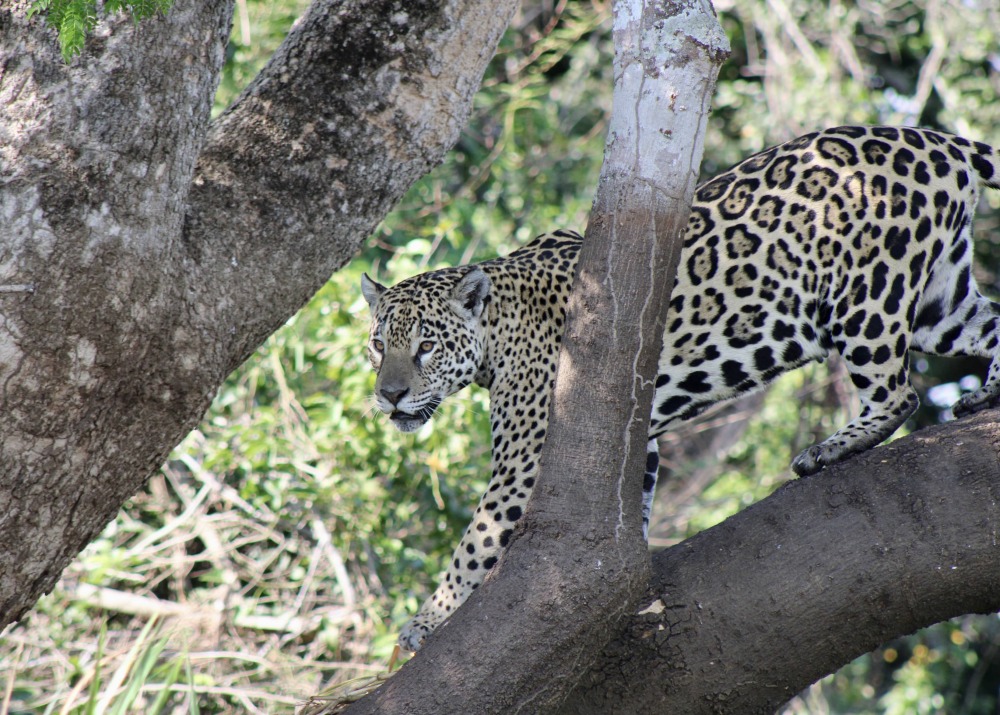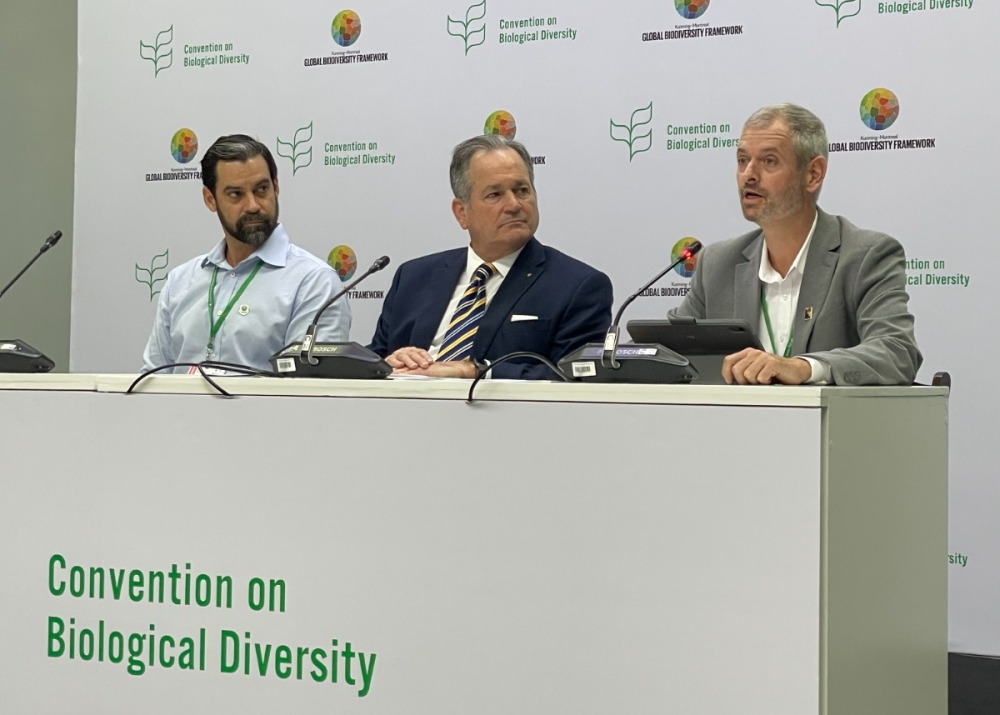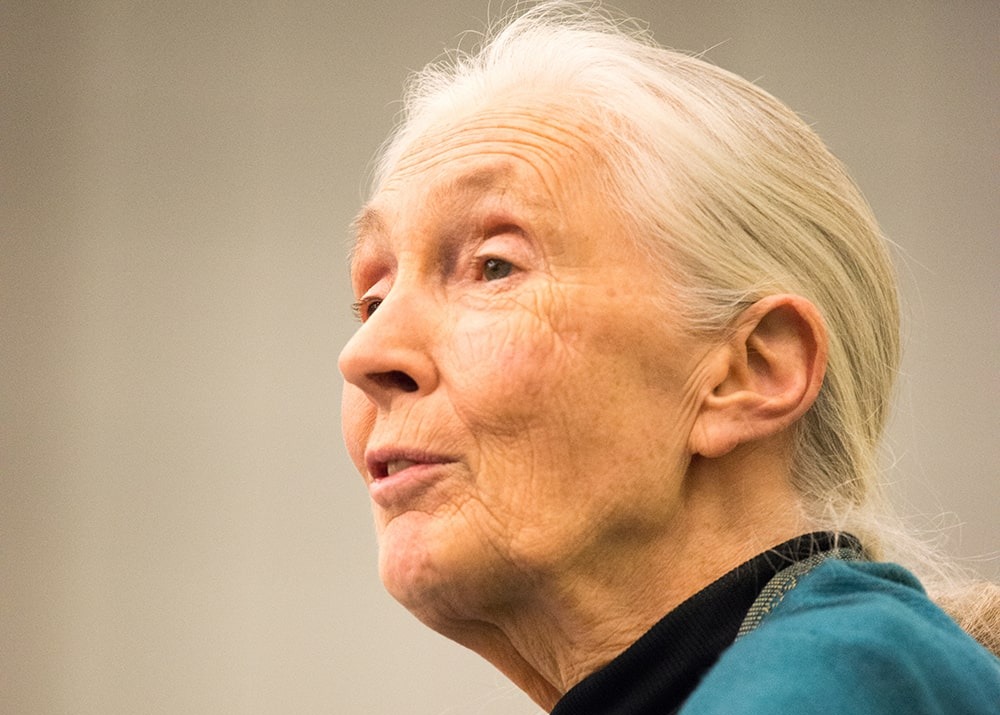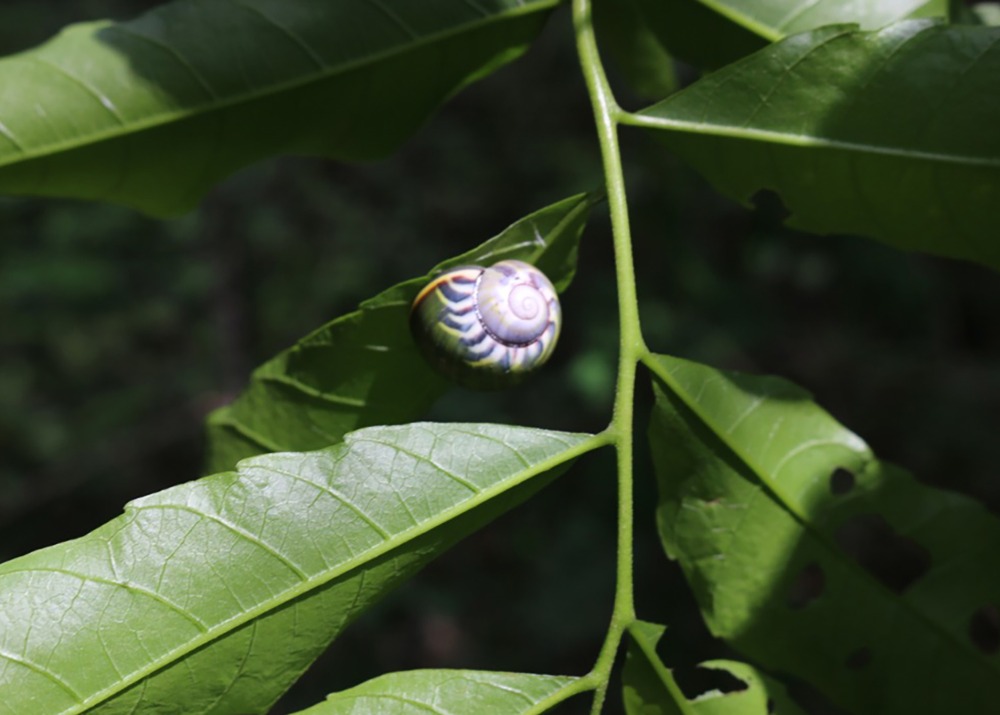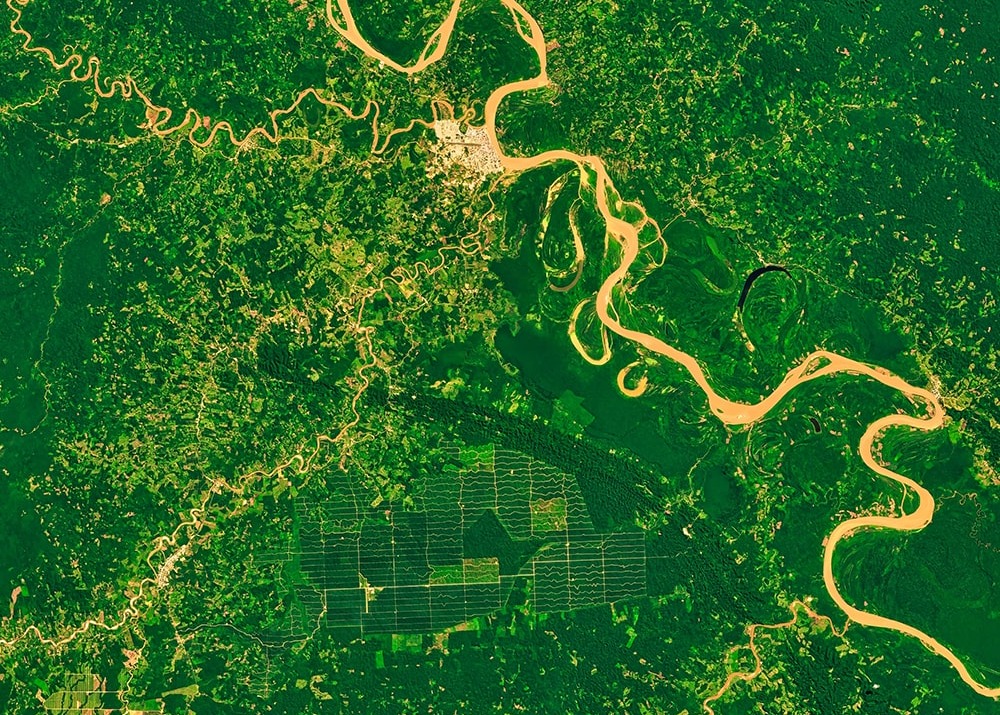Project Lifecycle: Building Partner Capacity to Support Conservation and Increase Impact
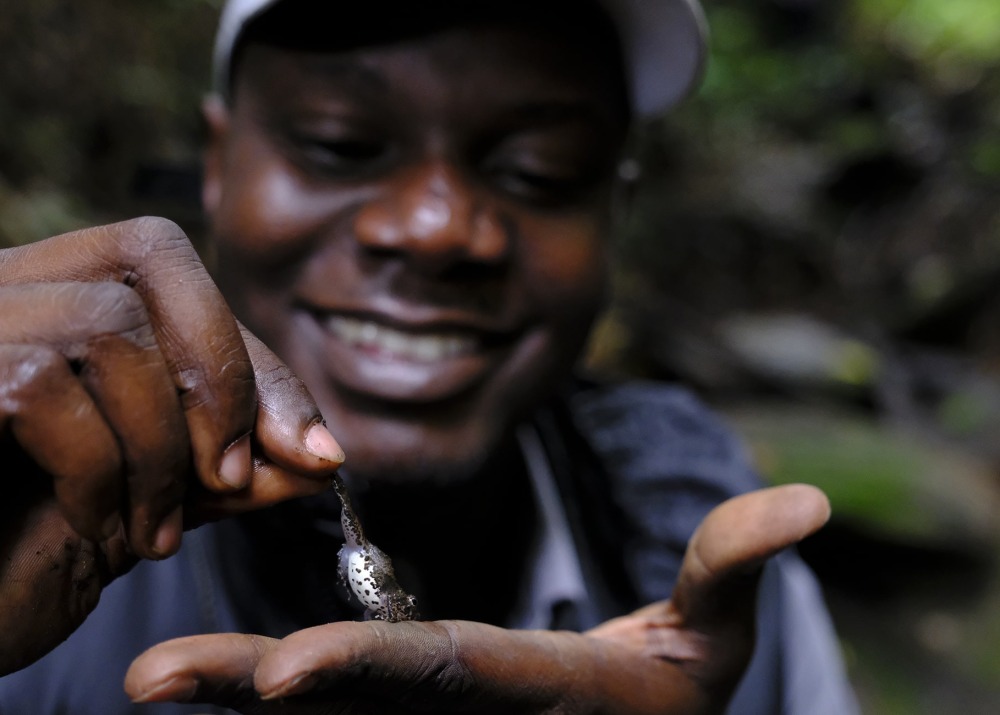
At its simplest, capacity building refers to the improvement or strengthening of an organization’s or individual’s ability to accomplish a task or goal. At Rainforest Trust, we specifically look to support capacity-building opportunities that will both strengthen our partner’s ability to achieve and sustainably manage the proposed project, and also increase their conservation impact even after the proposed project is complete. This might include investment in tangible items, such as fire-fighting gear or communications equipment, as well as funding for training, education, and other professional-development opportunities.
Below, we take a look at some of the ways we help our partners grow their capacity and increase their conservation impact.
Planned Growth vs Unexpected Needs or Opportunities
Often, the need for capacity building can be identified during the concept note or application review stage for a new project. For example, the applicant might include the costs to purchase trail cameras or attend an upcoming training opportunity in their proposed budget. In these cases, the costs for capacity building could be included in the initial project agreement.
But sometimes, needs or opportunities are not anticipated. A necessary piece of equipment might unexpectedly require replacement, for example. Or perhaps a new opportunity for essential training becomes available after the project budget is finalized. In these cases, we may either (1) modify the existing agreement to increase or reallocate the project’s budget, or (2) offer supplemental funding in the form of a Sustainability Award.
Professional Development
Often, the best way to increase an organization’s capacity is to invest in its staff and volunteers. This is because knowledge and skills, once gained, are not limited to a single project or task.
We routinely include funding to help our partners attend professional conferences, enroll in relevant courses, and pursue necessary training to further their conservation management efforts. In recent years, for example, we have provided funding for several partners to attend a course about protected area management offered in Spanish through Colorado State University’s Warner College of Natural Resources. And, in 2025, we are providing a different partner with the funding for staff training about financial mechanisms to support conservation. This will help our partner develop and maintain sustainable financing for the land they seek to protect through their project with us, and will also benefit any future land protection projects they may pursue.
Infrastructure and Equipment
Physical equipment, supplies, and infrastructure are an essential component of an organization’s capacity to both create and safeguard protected areas. Trail cameras, drones, and acoustic monitoring equipment, for example, help our partners establish the presence, abundance, and movement patterns of priority species within proposed protected areas, which is often an essential component of securing support from local and national governments. Fire-fighting equipment and supplies allow our partners to respond quickly when flames threaten their project site. And, in 2024, when partner Gorilla Rehabilitation and Conservation Education Center (GRACE) needed a better way to communicate with a remote community about the conservation area they were helping to establish, Rainforest Trust provided funding for a satellite phone that replaced a 7-day trek with a simple phone call. The technology not only saves time, it also increases our partner’s ability to effectively collaborate with the local community on the project.
Long-term Impact
Perhaps the most exciting thing about capacity building is the fact that the positive impacts often extend well beyond the life of the project. Trail cameras purchased with funds from Rainforest Trust, for example, may be used for future efforts to protect additional acres or safeguard more species. Knowledge and skills gained by attending courses, specialized training opportunities, and relevant conferences can be applied to other projects a partner pursues. By helping our partners grow and develop through capacity building, we essentially multiply the impact of our support far beyond the limits of a single project or the area it seeks to protect. Because when our partners are stronger and more capable, their ability to protect habitat and conserve species grows significantly.
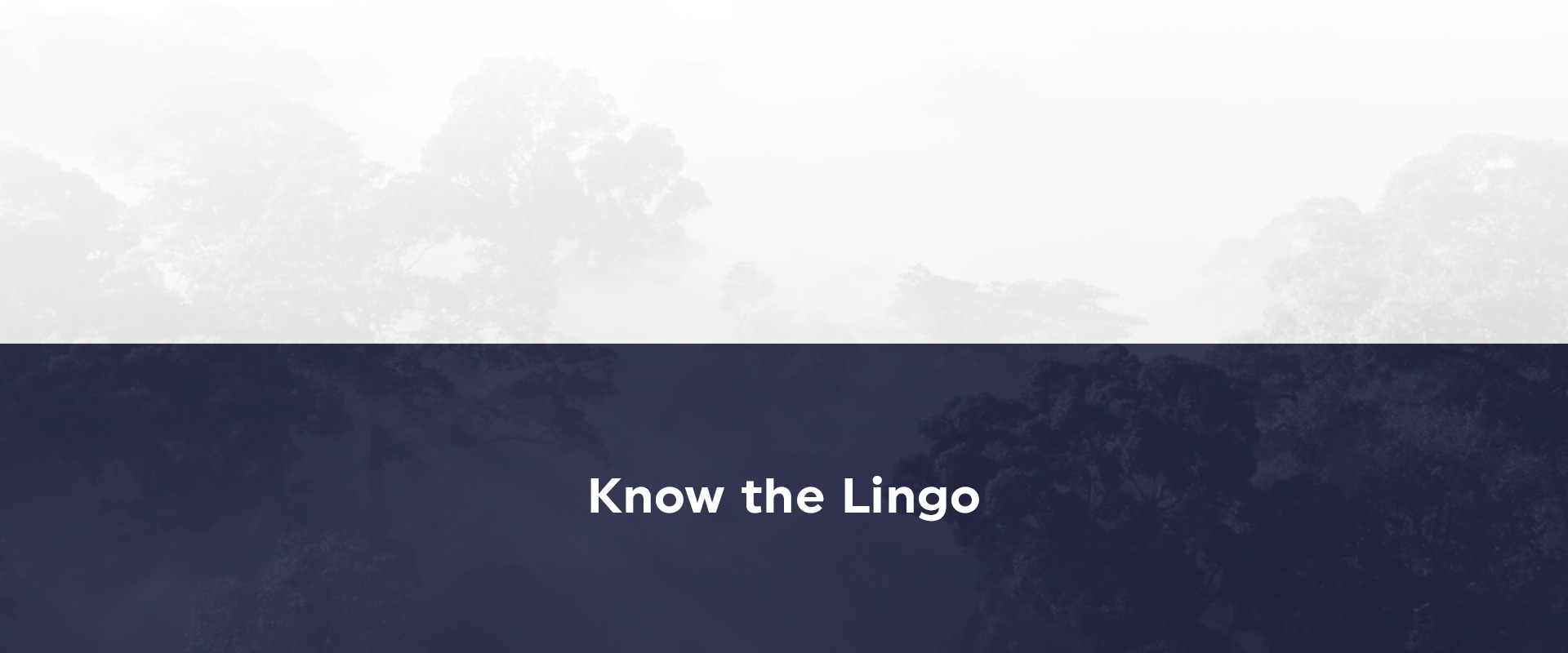
Conservation work at Rainforest Trust and elsewhere relies on a number of terms that may be unfamiliar to many readers. These terms are shown with bold text in the article, and are defined here.
Applicant; Applicant Organization
The applicant or applicant organization is the organization that submits the concept note and application to Rainforest Trust. Applicant can also refer to the primary contact at the applicant organization.
Capacity Building
Also known as capacity development, capacity building is defined as the process of growing or strengthening an organization’s or individual’s ability to accomplish a task or goal, adapt to change, or increase their impact. This might include investment in necessary equipment or gear, staffing, professional development opportunities, or other organizational or individual growth opportunities.
Concept Note
The concept note is a short document submitted by the applicant that briefly explains the proposed project and its expected outcomes.
Partner; Partner Organization
The partner or partner organization is the organization that implements the conservation projects we support. Partner can also refer to the primary contact at the partner organization.
Sustainability Award
Only available to current or past partners with active or complete projects, Sustainability Awards are supplemental grants that support partner organizations facing unexpected challenges or pursuing capacity-building opportunities.

